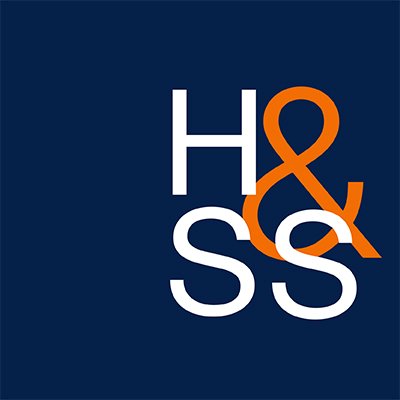
An award-winning author, Dr. Guenter B. Risse is a native of Argentina. He was born in Buenos Aires on April 28, 1932 of German parents and obtained his baccalaureate degree from the prestigious Colegio Nacional de Buenos Aires in 1951 before being admitted to the University of Buenos Aires School of Medicine. Despite obligatory military service during the revolutionary campaign that successfully deposed President Peron in 1955, he managed to graduate magna cum laude three years. Shortly thereafter, he traveled to the US to begin a rotating internship at Mercy Hospital in Buffalo, NY, an institution affiliated with Georgetown School of Medicine in Washington DC. Further training in internal medicine between 1959 and 1963 included rotations at the Henry Ford Hospital in Detroit and Mt Carmel Hospital in Columbus, OH. At that point in his budding medical career, Dr. Risse decided to become a historian of medicine and he returned to the classroom, seeking admission to the University of Chicago. Originally enrolled at the Oriental Institute, he studied ancient Egyptian healing under the direction of John Wilson, the famous Egyptologist. Shifts in excavation plans following UNESCO’s call to save Nubian monuments from the impending flooding caused by the new Aswan dam led him to transfer to Chicago’s History Department, where he worked under Professors Allen G. Debus and Lester S. King, obtaining his Ph.D. in 1971. His dissertation dealt with eighteenth-century medical systems, notably the theories of the Scottish physician John Brown and their impact in the German states during the early 1800s.
Given his background and diverse interests, Dr. Risse’s research and writings have ranged widely, from ancient Egypt to contemporary American biomedicine. His book Hospital Life in Enlightenment Scotland won him the William H. Welch Medal awarded by the American Association for the History of Medicine in 1988. His current historical investigations center on further studies related to hospital design and architectural, institutional rituals and the role of patients as research subjects. He recently completed a study of the first Chinese hospital in America based in part on information obtained from a contemporary Chinese-American newspaper. The integration of both English and Chinese accounts of the bubonic plague in San Francisco during the early 1900s resulted in a book now in press. A new and most relevant project aims to create a historical synthesis for the general reader linking the environment to health, disease and healing. He currently lives with his wife and near family in the Sacramento area.
